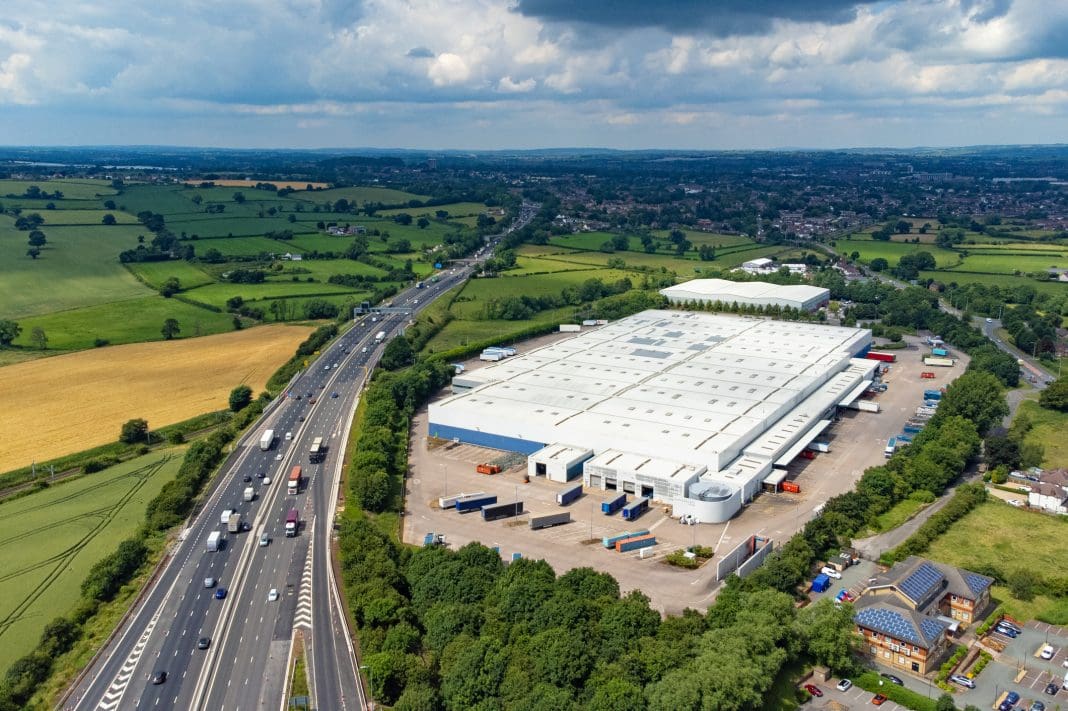Warehouses are expanding and becoming a more important part of UK industry, meaning that they will be a big part of future construction, says Glenigan
With the new Labour government instated, the impending fall of interest rates, and the revival of the construction industry, Glenigan has released a report forecasting that warehouse construction will boost the industry’s activities over the next two years.
One key aspect of the Construction Industry Forecast 2024-2026 is that of warehousing and its growth.
Warehouse construction will be important for industry revival
The report predicts that warehouse and logistics project starts will increase by 9% per annum in 2025 and 2026.
This is due to the expected recovery process of consumer income and spending after the covid-19 pandemic and political upheaval. The increase in economic spending will mean that retailers, especially online and third party retailers, will require more storage space.
This follows a longer term trend over the last decade, with the UK’s warehouse space increasing from 8m square feet in 2015 to 69m square feet in 2024.
Although the trend has slowed in recent years, online operators are expected to account for a third of retail sales by 2028, and so the trend is expected to continue for some time.
Demand for logistics projects is increasing
The report also details the increase in average warehouse size, as 10% of the UK’s warehouses are now over 1m square feet, massively up from the 3% in 2015.
This means that the projects started are more likely to be larger construction projects in themselves, and that warehouses and logistics-based construction projects will be important for the revival of the construction industry.
ESG certification will also likely drive warehouse construction, as the standards raise. By 2030, all warehouses will need an energy performance certificate of B or higher to continue operations. Two thirds of warehouses in the UK are currently operating on C or lower.
The report says: “The role of the warehouse has never been more important, and the amount of warehouse space needed continues to rise. Warehouses have become central hubs of supply chain activity, taking over roles which in the past were filled by manufacturers and retailers.”














